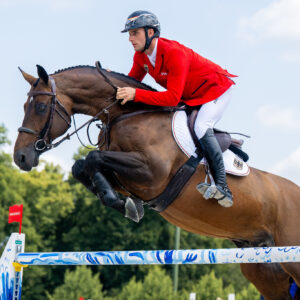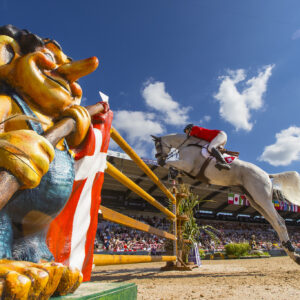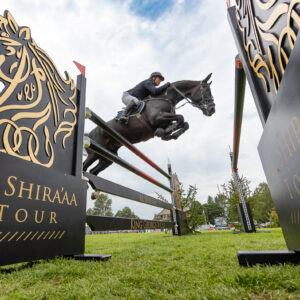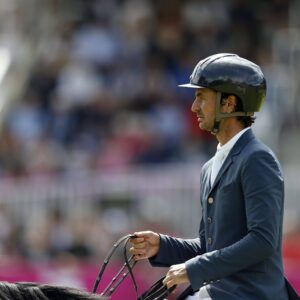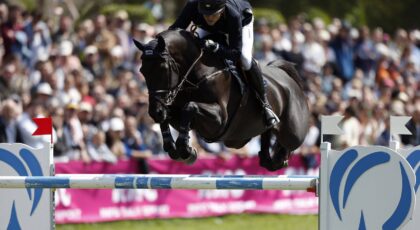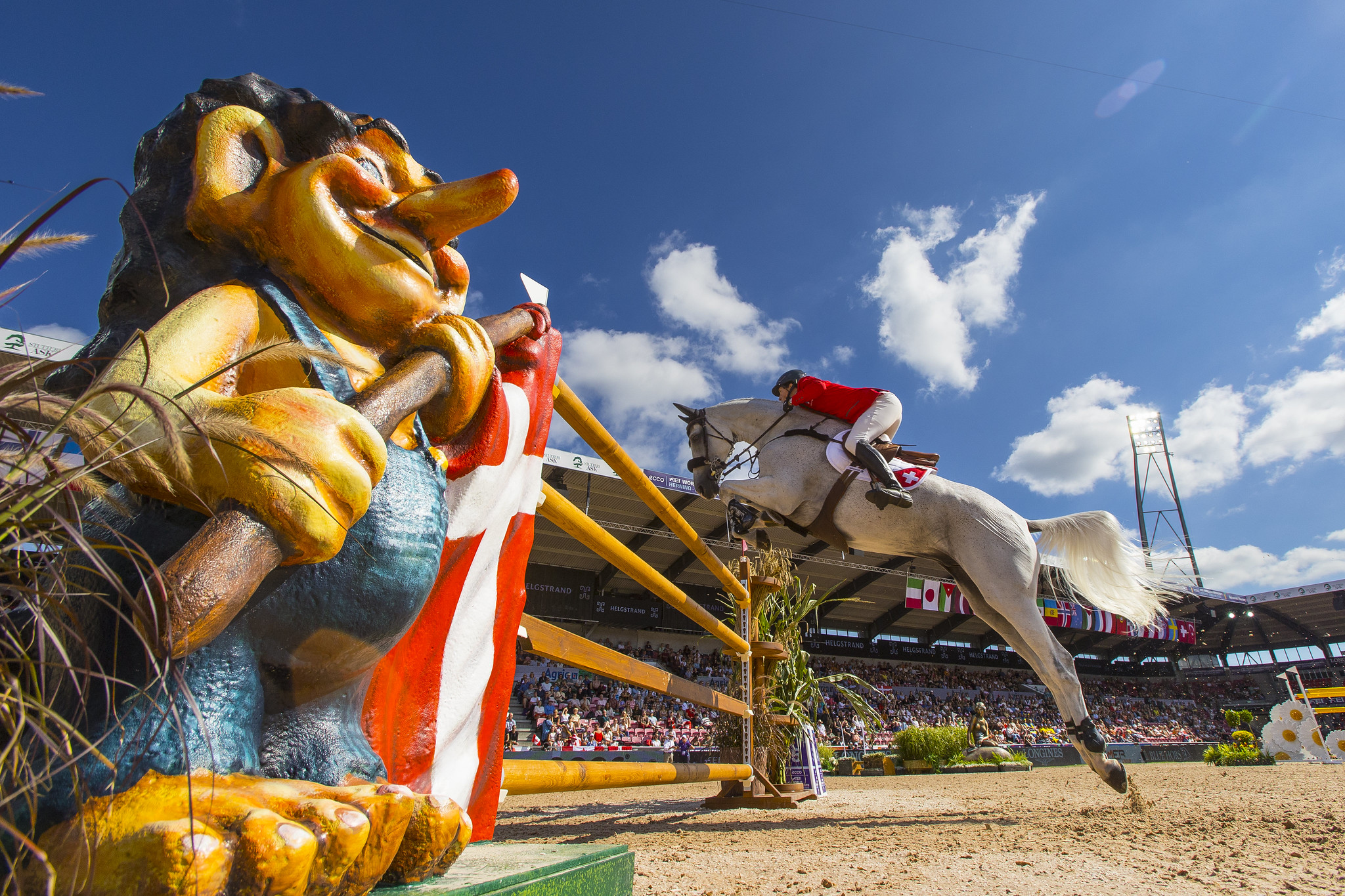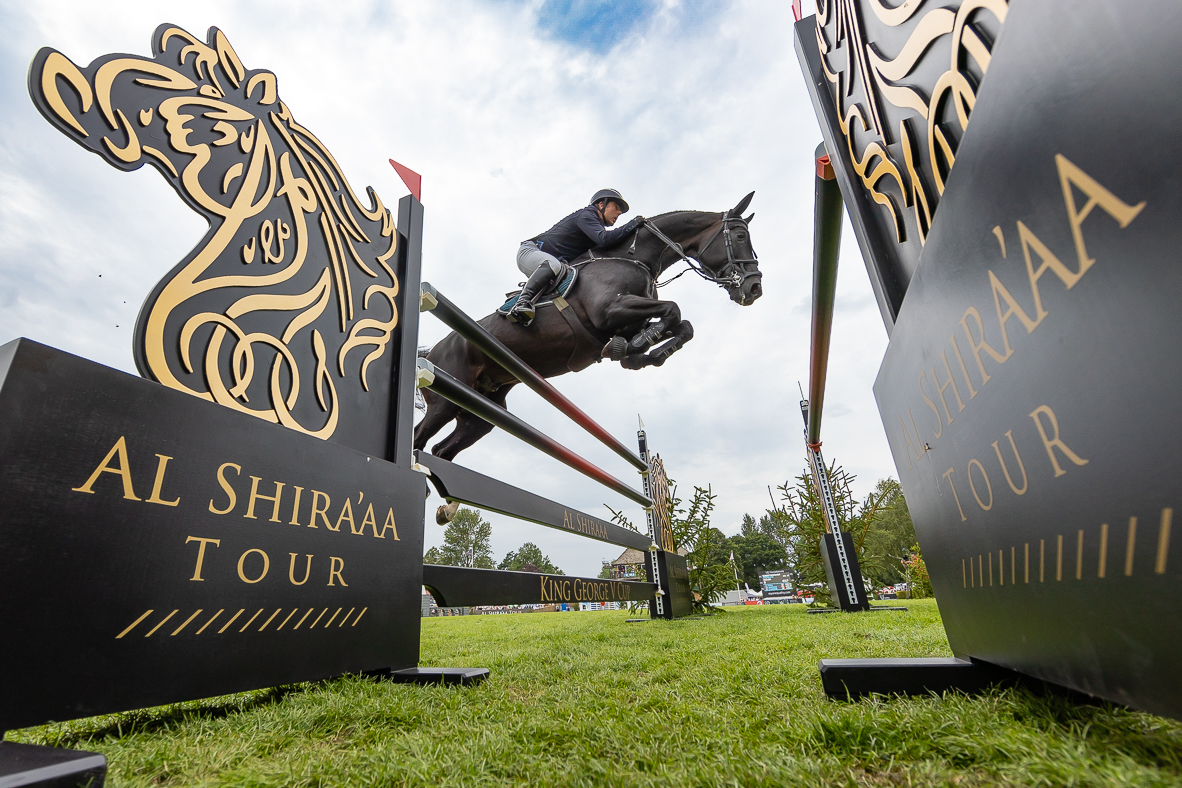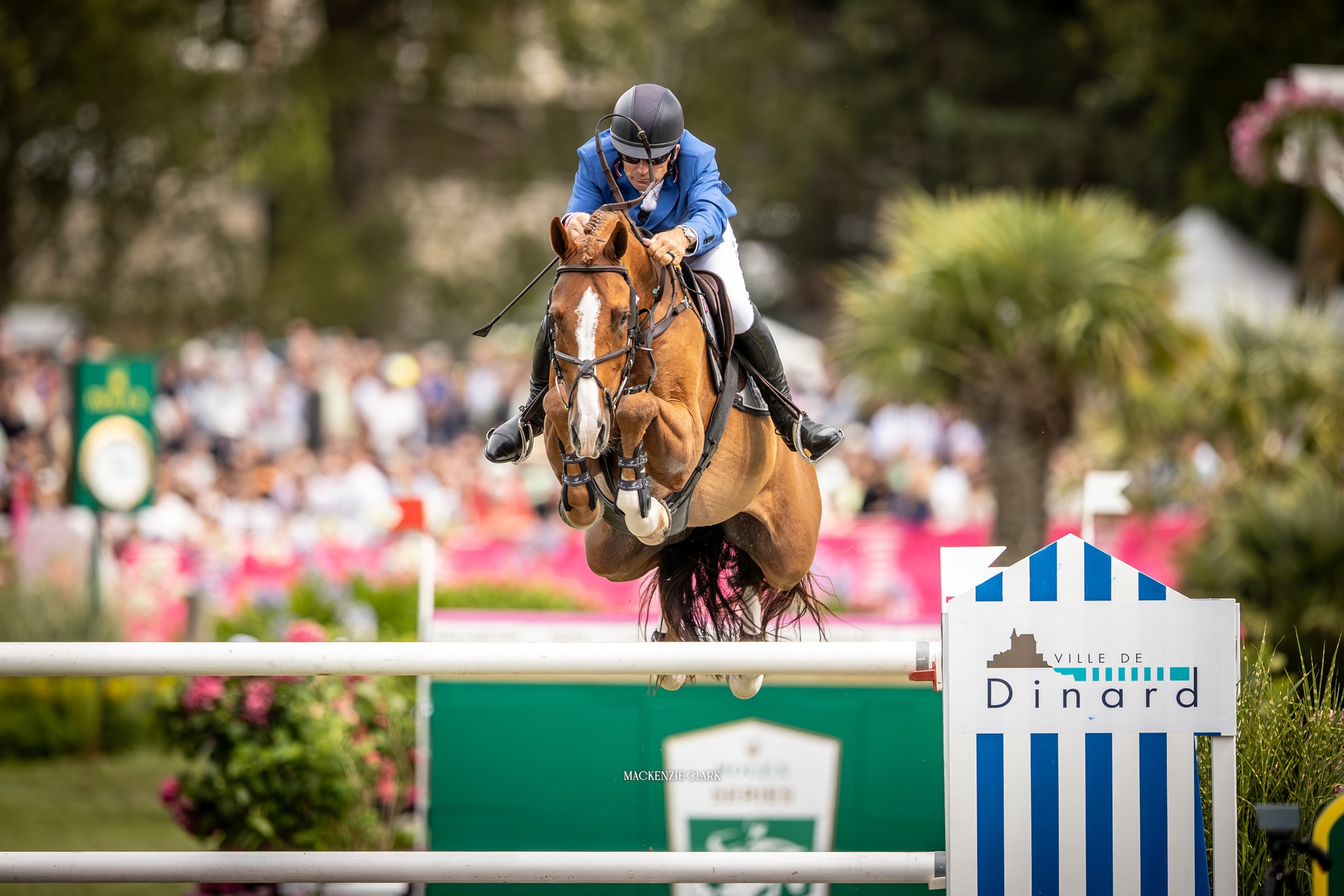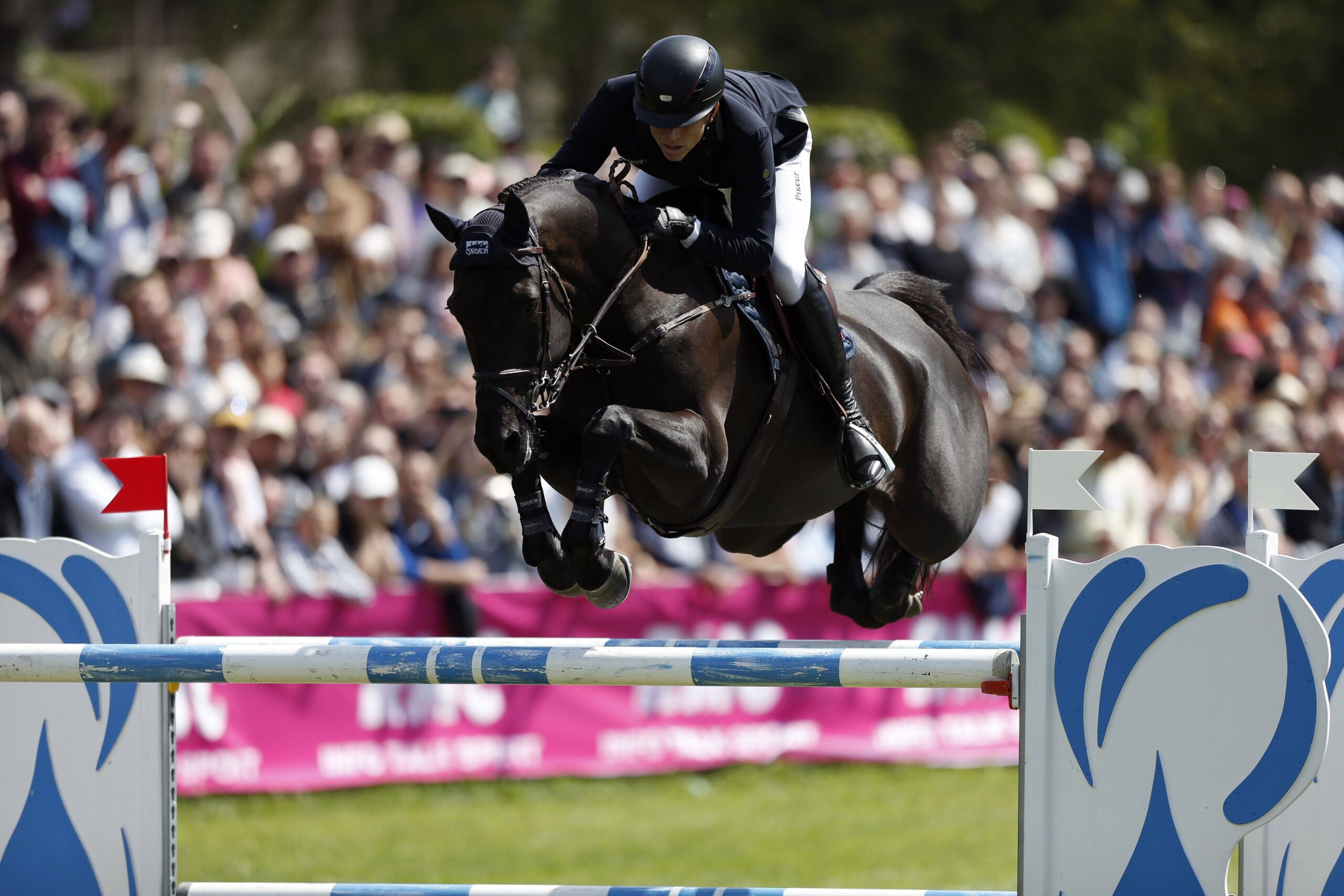Listen to the rhythmic breathing of a horse at the canter or feel the heaving sides of a horse blowing after a heavy work out and you’ll have a sense of the vast quantities of air that moves through its lungs during exercise.
But have you ever wondered how much?
By the time a horse crosses the finish line in a five-furlong race, has completed a Grand Prix show jumping round, or gone 1/6th of the way around a three-star cross-country course, it will have moved around 1,800 liters (475 gallons) of air in and out of its lungs.
That’s the equivalent of moving two buckets of air in and out of the lungs every second!
Respiration—that is, breathing—is a cornerstone of athletic performance. It’s so important, respiratory dysfunction is second only to musculoskeletal disorders as a primary cause of poor performance in athletic horses. Simply put, horses that cannot breathe easily cannot perform effectively.
That’s where FLAIR® Equine Nasal Strips come in.

1. Horses breathe through their noses
Unlike humans, horses can only breathe through their nose during exercise. This means that all the oxygen horses need to exercise comes solely through the nasal passages, the narrowest part of the upper airway.
When horses breathe hard during exercise, the soft tissue over the nasal passage is sucked in, reducing airway diameter and restricting airflow. In fact, studies show that 50 to 80% of resistance to air flow to the lungs during exercise occurs in the horse’s nasal passages. This is turn makes the work of breathing more laborious.
For horses with pathological upper airway conditions, such as roaring, gurgling, nasal flutter, and alar fold collapse, and/or functional obstructions, such as significant poll flexion, the work of breathing is increased even more still.
The spring-like action in FLAIR Strips gently supports the nasal passages to reduce soft tissue collapse and make breathing easier.

2. The harder a horse works, the more oxygen it needs.
It follows that a horse that is working hard is also breathing hard.
Air enters the horse’s body by first passing through the upper respiratory system—the nostrils, the nasal passages, the larynx, and the trachea (windpipe)—then moves into the lower respiratory system—the airways and air sacs (alveoli) in the lungs.
There, the oxygen absorbed by the lungs is used to perform aerobic metabolism, a chemical process that uses oxygen to make energy from stored glucose (carbohydrates). This is important. Around 70% of the energy the horse needs to get from the starting gate to the finish line in a five-furlong race or to jump around a Grand Prix will come from aerobic metabolism. That number goes up to 90% for cross country.
In other words, the majority of energy needed to perform an intensive athletic endeavor must come from using oxygen to “burn” calories. The harder a horse works, the more oxygen it needs and the more air it must move in and out of the lungs. If a horse doubles its speed, it will need to double the amount of air moved in and out of the lungs.
FLAIR Strips don’t help horses breathe in more air; they help horses take in the same amount of air with less work. Think of it as the difference between breathing through a stuffy nose versus when your nose is clear. When your nose is stuffy, the nasal passages are narrower, making it more difficult to breathe. When they’re clear, you breathe easier.

3. Breathing impacts stride
During canter and gallop, the horse’s stride and breathing are linked: A horse takes one breath for each stride. This is known as respiratory-locomotor coupling. Because of this link, anything that affects the horse’s breathing also impacts its stride.
A simple way to think about the link between breathing and stride is to think of a galloping horse as a large bellows. As the front legs are in the non-weight bearing or “flight” phase, air is being pulled into the lungs like air moving into a bellows. Once the lead front leg contacts the ground, the front legs are in the weight bearing phase and air is pushed out of the lungs.
At speeds beyond a hand gallop, a horse increases its speed by increasing stride length, not by moving its legs faster—and also takes deeper and longer breaths in the process. A horse struggling to move air in and out of the lungs may fatigue more quickly or shorten its stride to compensate for the increased work of breathing in.
FLAIR Strips can improve stride efficiency by reducing resistance through the nasal passages to help make stride lengthening and adjusting easier.
Learn more about FLAIR Equine Nasal Strips at flairstrips.com.


 April 20, 2023
April 20, 2023 








